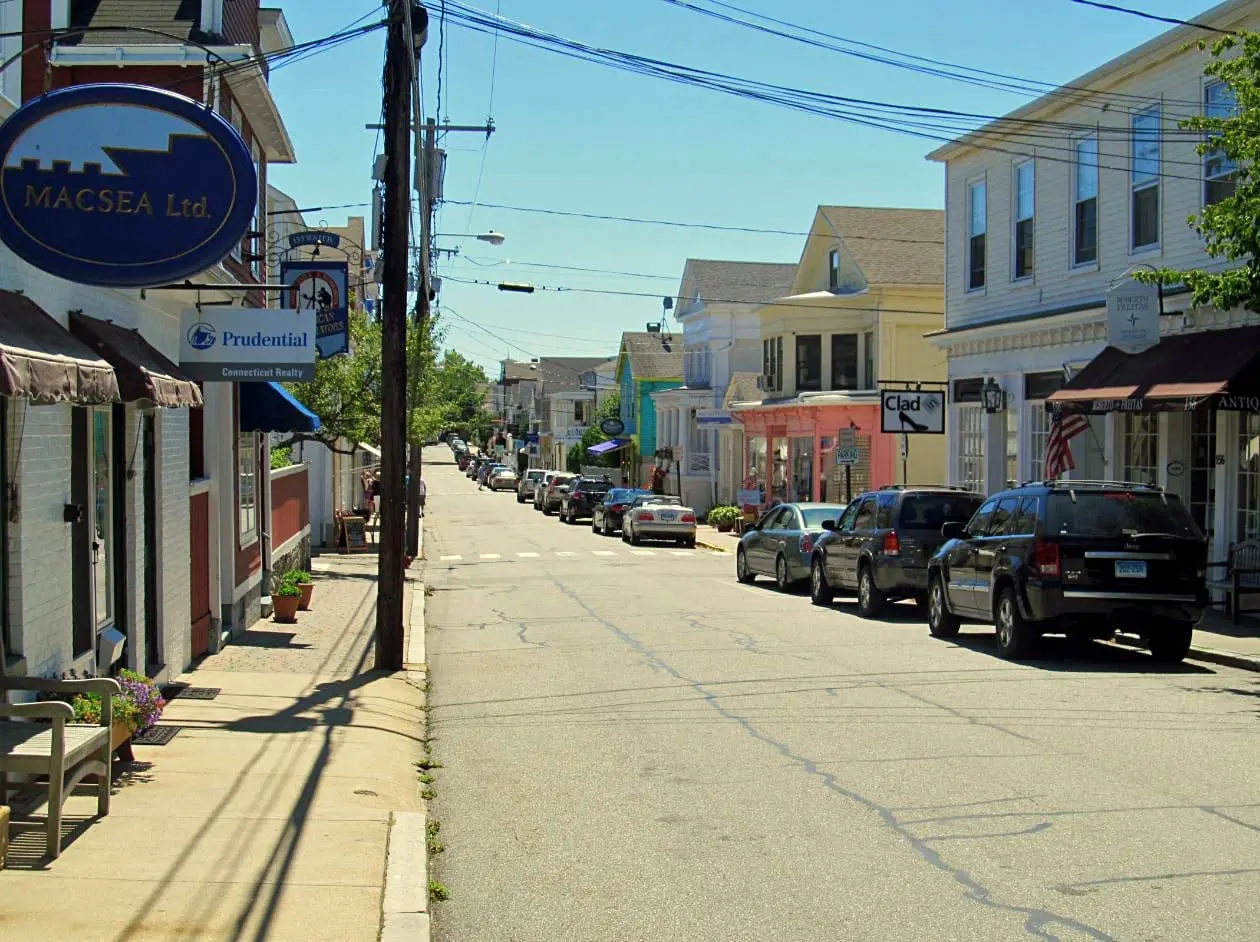In part 1 of the history of Stonington Borough, I followed how sealing was the beginning of the China trade and how the money generated by the sale of seal skins in China was reinvested in tea, silk and Chinaware. This was sold in the U.S. at a huge profit. By 1850, seal populations had been decimated by excessive hunting and the Stonington fleet turned to whaling but things were about to change forever.
On December 20, 1860, South Carolina seceded from the Union and the American Civil War began. Yankee ships venturing to sea ran the risk of being attacked by Confederate gunboats that patrolled the coast. In fact, by the end of the Civil War half of the ships in the whaling fleet had been sunk and the whaling industry was in decline.
Another major factor in the decline of whaling was the discovery of oil in Pennsylvania. In 1859, more than 500 wells were drilled and a boomtown called Pithole sprang up. At its height, Pithole had 54 hotels, three churches, a theatre, and a red-light district as infamous as Dodge City’s. Today Pithole is a ghost town with only a few foundations showing above the grass and is the site of the Drake Well Museum.
Baleen from the mouths of whales used in the fashion industry for dress and corset stays kept the whaling industry going for another 40 years but as fashions changed and manmade materials became available whaling slowly became less profitable. In 1926, the ship Charles W. Morgan returned from its last voyage and the era of whaling was over.
In 1837, Stonington developed into a major transportation hub. At that time there were no railroad bridges across the Connecticut rivers. Travelers wishing to go to and from New York and Boston had to board steamships in New York which then stopped in Stonington. They would then transfer to trains for the rest of the trip to Boston. A large complex consisting of a rail road round house, hotel, and steamship terminal existed. This shoreline service ended in 1900 after the construction of the last bridge over the Connecticut River.
The Industrial Revolution also affected Stonington Borough. Starting in 1850, a number of manufacturing companies started to build factories. During the Civil War, Joslyn rifles were made and in 1892 the American Velvet Mill opened. At its height, the mill employed more than 450 workers, many descending from the Azorean whalers. Today, you can visit the Velvet Mill – it’s been repurposed into artist studios and retail shops.
The next chapter in Stonington Borough’s history now began with the fleet turning to fishing. At the turn of the century, fishermen in small sloops brought in their catch where it was loaded in barrels and shipped by steamer to the Fulton Fish Market in New York. Today the Stonington fishing fleet consists of 29 vessels. The largest are the steel draggers which range from 73 feet up to 95 feet. However, the fishing fleet may end up going the way of the sealing and whaling fleets before them as increasing government regulations and quotas placed on the catch threaten to end this way of life.
In the 1990’s Stonington Borough started to become more gentrified. Real estate prices started to rise and today the median home price of 343,100 is the highest of all the towns in eastern Connecticut. If you like history Stonington Borough is a great place to take a stroll past the many historic buildings built by the sea captains of old.
You can watch the fishing boats unload at the town dock, join the locals for breakfast at Noah’s or have lunch at the Dog Watch Café and visit the Old Lighthouse Museum. Make sure to drive down to the end of Water Street to the point with its 360-degree view of the sea. You can truly still see and feel the history here in Stonington Borough like few other places in the country.






